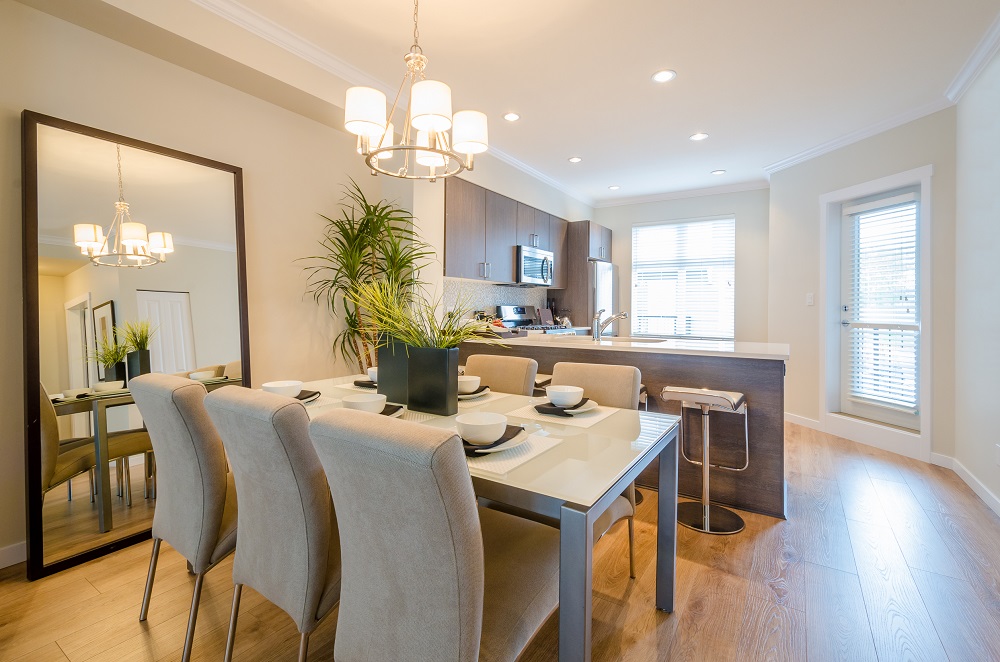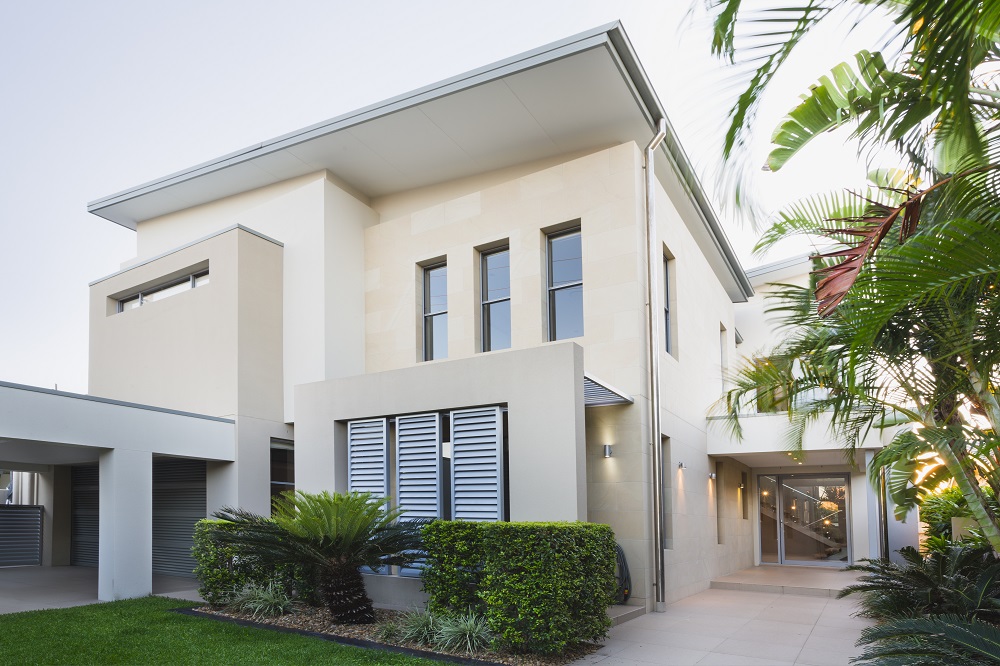Setting up a self-managed super fund is a popular choice if you are planning to invest in property. It is actually the only way that you can buy property using your superannuation mone,y and you don’t have to use a single dollar from your own pocket for the entire set up and purchase. Your superannuation is your money – you just can’t access it until you retire so the entire choice of investments is yours.

You must adhere to a strict set of laws if you want to go down this path. There are two structures that are required to be set up before you sign a contract to purchase your property. The first is the actual self-managed super fund structure. In all cases, the fund should be set up with a company acting as trustee. This is because any lender, whether it be a bank or non-bank lender, will lend you the maximum amount possible using this structure.
The self-managed super fund with corporate trustee is where you will open your fund bank account, and bank all of your superannuation money from other funds and your contributions. It will also receive any income from your investment property, and pay any expenses relating to running your fund.
The second structure is often called the “bare trust”, “custodian trust” or “holding trust”. This trust will also have a corporate trustee, which is also required to maximise the lending capacity of the fund. The bare trust will hold the property title whilst the property is subject to a borrowing.

The reason for this additional structure is that the law requires any borrowing within a superannuation fund to be limited in recourse. This effectively means that in the event that your fund defaults on a loan repayment, the bank can only take possession of the property that is subject to the borrowing. If the fund acquires other assets including shares, managed funds, other properties and opens other bank accounts and term deposits, these are protected from creditors, including banks, if something goes wrong and the fund can’t meet its mortgage repayments.
Some important things to consider before you proceed with the purchase of your property:
- You should talk to a licenced financial adviser to ensure that an SMSF is right for you. Accountants can no longer provide you with this type of financial advice without being licenced, so if you are using an accountant, make sure they are qualified to provide you with this service. You will usually need a statement of advice (SOA) from an appropriately qualified person, before proceeding with a borrowing inside a Self-Managed Super Fund. Most banks will request a copy of the advice. Although, accountants that operate under a licence may be able to give you advice in relation to whether a SMSF is right for you, they are not licenced to provide you with advice relating to borrowing inside a super fund.
- You should assess whether you will be able to obtain a loan from a bank. Mortgage brokers can assist you with these calculations. In principle, the bank will assess your loan in the same way that they assess all loans. They will look at the fund’s income as well as its assets when deciding whether they will lend you the money. If this income is not sufficient, they will consider your personal income and take personal guarantees from you as a member.
For newly established Funds, the banks will check your superannuation contributions to your existing super account, and count them as income. They will also count rent from the proposed property, along with any other Fund earnings. On top of this, the banks will look at lending a maximum of 80% (based on the property value) for residential property, and 60% to 70% for commercial properties, depending on the lender. In addition, most banks now require a cash reserve, or buffer, once you settle your super fund property purchase. It is usually set at 10%-15% liquidity. The purpose of the buffer is to fund all of the expenses the fund will have post property purchase. - Once you have obtained a pre-assessment, then you would ordinarily go shopping for a property that suites your budget. Remember to take into account the amount of money you will need to pay for the cost of setting up the SMSF and bare trust. You should be able to obtain a quote from most accountants or SMSF providers for the establishment of the structure.
- You must, in all cases at all times, have the SMSF and bare trust established before you sign a contract to purchase a property. The super law has strict requirements in this regard, and failure to follow them may result in a breach and the fund may become non-compliant.
- If you are confident that you will find a property within a reasonable timeframe, then you may decide to go ahead and set up your structure. The documents themselves will take around 24 hours to set up. However, the fund will require an ABN, a Tax File Number and be registered with the ATO. The ATO service standard for issuing the ABN and TFN is 28 working days. Although in most cases, it happens quicker, you should prepare for this in your overall timeframe.
- It is only when you have been issued with the fund’s ABN and TFN that you can ordinarily set up a bank account. You can do this with a bank of your choice. There are also many online-only options such as Macquarie Bank that have cost-effective options. You should also consider setting up the bank account with the bank that will fund your property purchase, as they may offer you an offset facility that will ultimately save you interest on your SMSF mortgage.
There are many rules that you need to follow and an important set of steps. Failure to do so may result in you setting up the wrong structure or purchasing the property in an incorrect name. This will result in the ultimate demise of your super fund. Get it right from the beginning by talking to us first.
